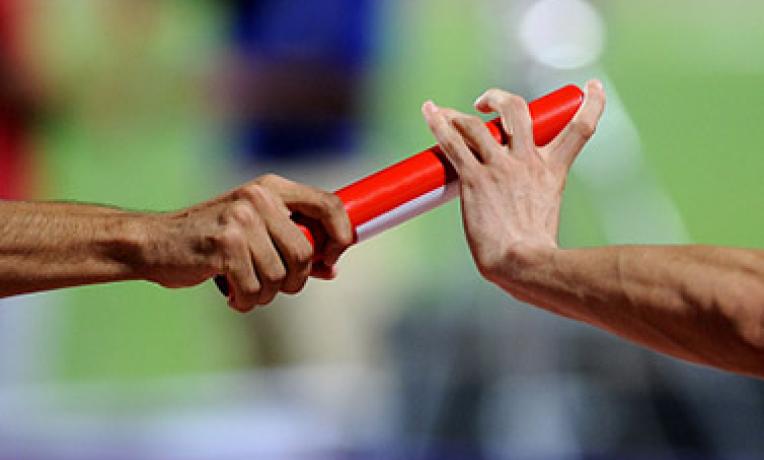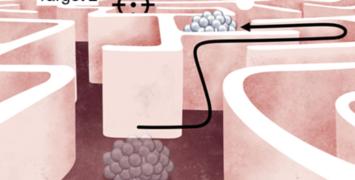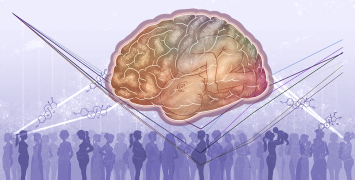The cognitive art of team sports
While on court, beach volleyball players need to act as a whole in order to prevent the ball from touching the sand: in a fraction of a second - just before the opponent's hand spikes the ball - the passer has to predict and adjust to the attacker's action as well as to their teammate's block position. Thanks to her Consolidator Grant, cognitive science professor Natalie Sebanz is studying the cognitive and psychological mechanisms underlying joint action expertise – in other words, how individuals learn skilled actions, such as those performed by professional athletes, together.

Many human achievements, from planning and executing architecture plans to performing surgeries, piano duets and tangoes, are the result of collaboration. According to Prof. Sebanz, teamwork is key for the advancement of human civilisation and heavily relies on joint actions. These occur whenever two or more people interact with one another to coordinate a particular action in space and time, in order to accomplish a shared goal.
Although philosophers agree that joint actions require shared intentions, debate on what shared intentions are is still ongoing. Besides, intending to do something together is clearly not enough to meet a target: "Imagine if a football team were to spend hours talking about how they will score a goal.There would be no guarantee that they would eventually manage to do so. This is why cognitive psychology and cognitive neuroscience are necessary to understand the mechanisms that come into play when people act together and allow for the fine-grained, timely coordination we see in team sports", explains Prof. Sebanz.
According to her research, members of a team rely on a variety of mechanisms to coordinate their actions. One crucial aspect is that, rather than focusing on their own specific movements, the team members mainly rely on the interaction with each other. Joint action expertise also involves planned coordination: "Take synchronous swimmers – their planned actions have to include their own contribution as well as their partners'. They all have an image of what their moves will look like when performed together. Being driven by this kind of mental imagery helps them to be so coordinated."
Prof. Sebanz's research also demonstrates that participation in highly coordinated activities boosts the participants’ sense of commitment: "The more athletes depend on each other, the more they feel bound to go on doing their part even though they are exhausted, like members of a rowing team who are running out of energy". This concept might also be the reason why rugby teams are so tightly knit – players value the group's performance and welfare more than their individual contribution.
In the project, Prof. Sebanz’s team also explores the benefits of joint improvisation. "Practising with exercises used in improvisational theatre, where participants cannot easily guess their partners’ intentions, may help team players to become more attuned to each other, while being confronted with an activity that is outside their field of expertise", concludes Prof. Sebanz.
The project, which started in 2014, uses electroencephalography along with behavioural and physiological indicators, such as measures of movement trajectories and heart rate synchronization. In the long term,
it may help develop autonomous robots designed to collaborate with humans and provide new therapies, based on social training interventions, to alleviate social disorders such as autism.






